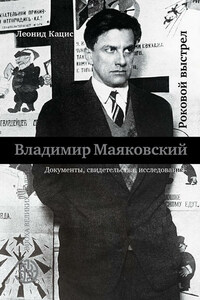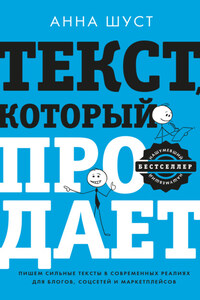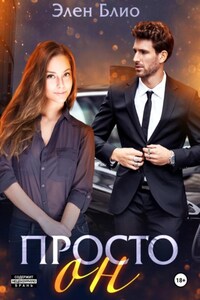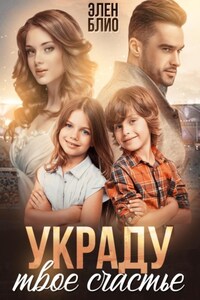Introduction
As granddaddy Lenin used to say (according to Lunacharskiy), cinematography is the most influential art for us.
Although living in the post-communist, capitalist world, we cannot but agree with this statement. Its importance for foreign language learners is hard to overestimate as well.
The divergence between two languages (say, English and Russian) lies not only in differently pronounced words, but also in the way we define, describe and build the world around us. It is reflected in lexical lacunas (units present in one language and absent in the other), discrepancies in word meanings, units typical of only a particular country/group of countries.
But we also have something universal. We possess quite a lot in common, especially in the age of globalization. We all experience the same feelings, and teenagers all over the planet, be it New York, London, Canberra, Ottawa or Moscow are anxious on their first day in a new school. On the one hand, contemporary culture is so diverse that one well-educated person may not understand what another equally well-read person is going on and on about. On the other hand, virtually in every corner of the world a person can try a range of cuisines, starting from well-known junk food up to exotic dishes of Malaysia or Thailand. We taste diversity through learning to be broad-minded and tolerant. The same stands true for art. One click – and we are able to admire any picture or statue, read practically any book or enjoy (well, maybe not a particular rarity) a mass-produced film.
Like music or paintings, films can speak with us universally. Good movies touch upon commonly recognized problems: love, friendship, loyalty, generosity and meanness. Nevertheless, each film speaks its national language as it is, with idioms, slang and colloquialisms. Thus, taking advantage of vivid and live vocabulary, we can apply a practically-oriented approach to language learning through topics shared by everyone.
This little collection of exercises presents an attempt to do that.
For the idea I would like to express my gratitude to Ekaterina G. Cherepenicheva, who discovered this path to me.
Off we go, dear friends!
Введение
Как завещал дедушка Ленин (согласно Луначарскому), «важнейшим из искусств для нас является кино».




